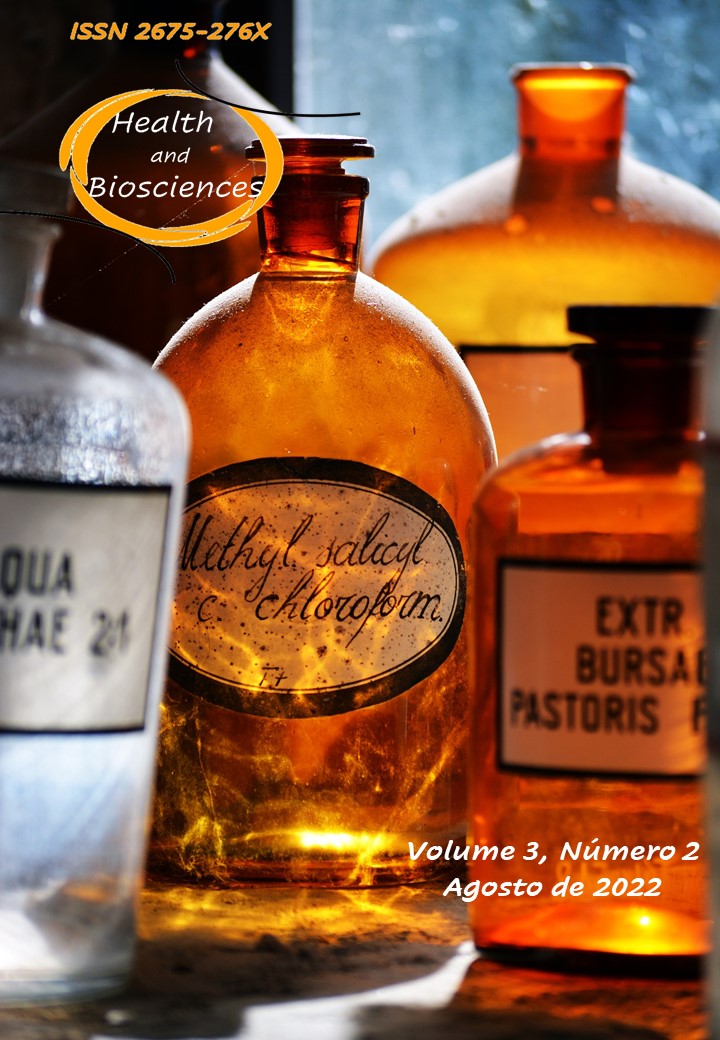Toxicologia in silico como possibilidade para análise de impacto toxicológico
In silico toxicology as a possibility for toxicological impact analysis
DOI:
https://doi.org/10.47456/hb.v3i2.38633Keywords:
Avaliação da Toxicidade, Simulação Computacional, Softwares, Banco de DadosAbstract
In silico toxicology uses computational methods and programs for the analysis and simulation of its data, representing a great advance and attracting the attention of researchers around the globe, because they minimize the use of animals as a study model, considering the strict technical and ethical standards involved in the use of live guinea pigs, among other advantages. Thus, this review brings some software and databases, freely available and widely used in in silico toxicology, in addition to exemplifying the use of a software (Osiris) highlighting the reliability of the programs, which was performed a search without time restriction of scientific texts that had a methodological presentation of the use of computer programs, using keywords such as: Toxicology in silico; Software used in toxicology; In silico methodologies; Computational models used in toxicology. However, several programs and databases can be used for this purpose, such as Quantum Espresso, Chemicalize, Osiris, ATSDR, SINITOX, among others, and these computational tools have advantages, such as reduced cost and the use of animals in research, greater experimental replicability and also can help in more playful ways in teaching. Thus, based on respect for all established ethical norms and standards, in silico toxicology can be an important tool for today's scientific society, enabling studies to assess the toxicological impact of chemical compounds that can directly or indirectly interfere with human health and environmental.

